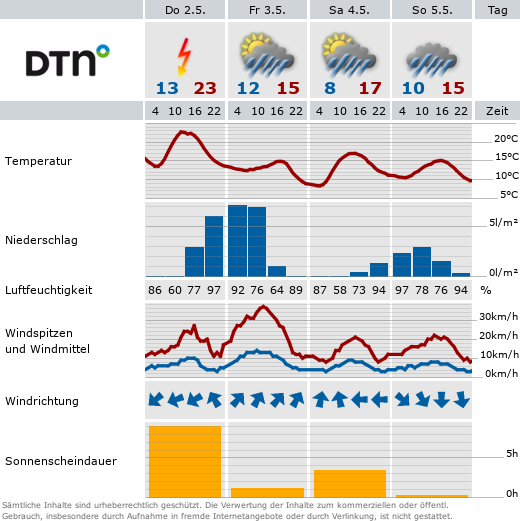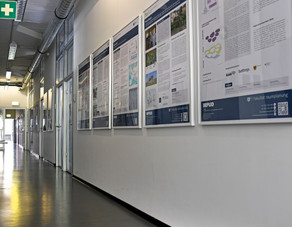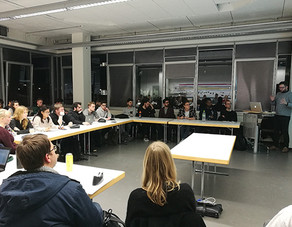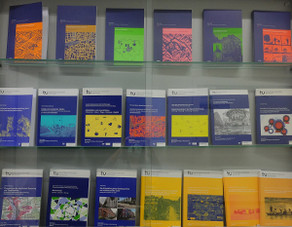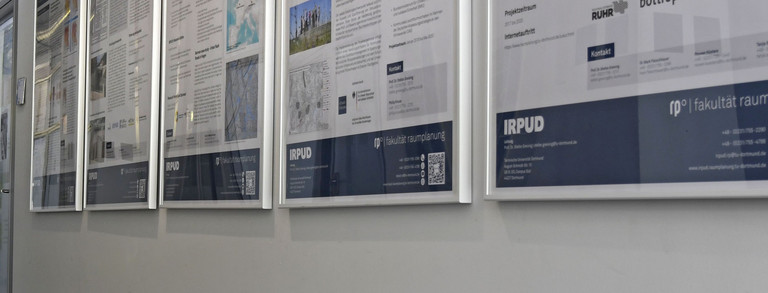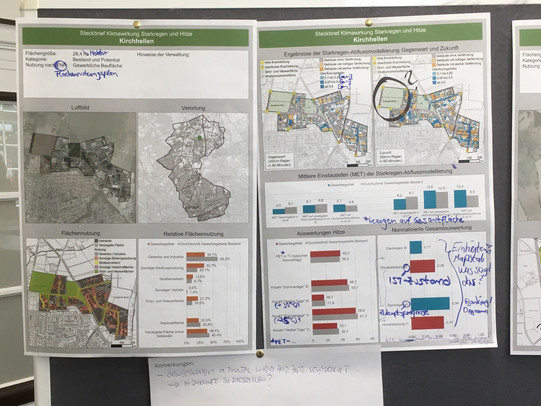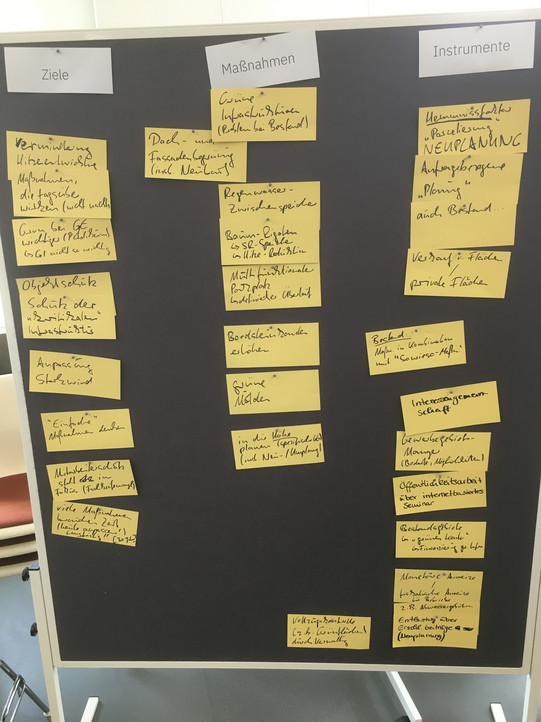KlimaWaGe
- Projects
Elaboration of a guideline for commercial and industrial areas adapted to climate change using the example of the City of Bottrop
The aim of the KlimWaGe project, which is funded by the Federal Ministry for the Environment, Nature Conservation and Nuclear Safety, is to develop and test transferable strategies and measures that promote the development of the adaptation to climate change of commercial and industrial areas in German municipalities. The focus is on the climate consequences of heat and heavy rain.
So far, there has been a lack of a project that focuses explicitly on adapting to the climate impacts of existing and newly developed commercial and industrial areas. A typical commercial climate, for example, due to the high degree of sealing, maybe even more overheated than inner-city residential areas and may be affected by convective extreme weather events such as heavy rain, hail or storm.
The project, therefore, develops innovative thematic and methodological approaches. This involves further developing existing planning processes, contributing to the establishment of sustainable municipal stakeholder networks, and thus enabling them to develop commercial and industrial areas that are adapted to climate change. In each sub-product of the project, three possible municipal planning conditions in the development of commercial and industrial areas are discussed.
- Further development/adaptation of existing commercial and industrial areas,
- Revitalization of industrial wasteland and
- Development of potential commercial and industrial areas
At the end of the project, strategies and measures are tested in the city of Bottrop, the project cooperation partner. In addition, a modularly structured guideline to "Climate change-adapted commercial and industrial areas" is being developed.
A large specialist workshop was held in March 2020, at which the climate impact analysis of the TU Dortmund University and the developed area profiles were presented. Moreover, departments and institutions of the city of Bottrop actively participated in the development of necessary goals, strategies, and instruments.
Cooperation
The project is implementing by IRPUD together with the Department of Environment and Green of the City of Bottrop.
Funding and Duration
The project is funded by the BMU (Federal Ministry for the Environment, Nature Conservation and Nuclear Safety) as a municipal pilot project within the framework of the funding program "Adaptation to the Impacts of Climate Change" and has a duration of 30 months.
Project period: January 2019 to June 2021


